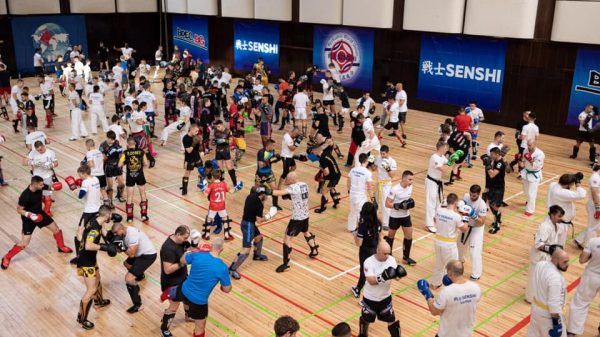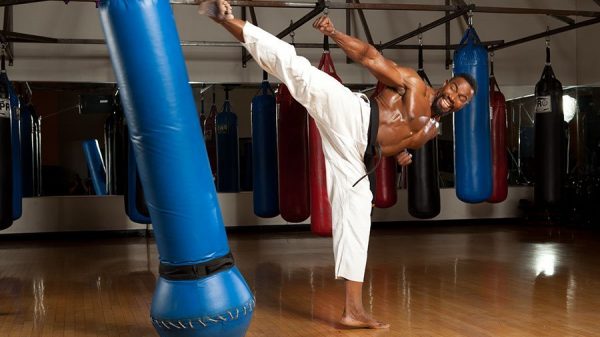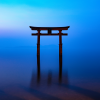On the uchi-deshi way, we should always seek to expand our knowledge and our capabilities. To try and cut yourself off from the world and delude yourself that you know everything and that the outside world can teach you nothing anymore is a dangerous position to be in.
Learning should be an ongoing part of training. I like the story Sosai tells of learning from a Kung Fu master in Hong Kong. Basically, when Sosai saw that he could learn and improve his skills, he requested from this Master if he could come and live in his dojo and study for a week. This episode fundamentally increased his understanding of circular movements according to Sosai. (This story was published in one of Sosai’s English magazines).
These days there are many seminars held by many Senior Kyokushin Shihans which offer learning opportunities. I have recently attended seminars by Shihan Cameron Quinn and also Shihan Judd Reid. However, besides attending seminars, students should as part of their self-training study Sosai’s books, videos, and also other martial arts books.
I have 3 of Sosai’s books, “What is Karate”, “This is Karate” and “Essential Karate”. I also have books from Kancho Ashihara, Kancho Ninomiya of Enshin karate, and many others covering topics from Karate, Judo, Boxing, Jui Jitsu Krav Maga, etc. Further after watching the podcast of Shihan Cameron Quinn on the Martial Way (by Scott Heaney) I noted down the books Shihan Cameron mentioned, especially “Ki in Daily Life” by Kiochi Tohei and “Autobiography of a Yogi” by Paramahansa Yogananda. This last book got me to finally start yoga which is the root of all eastern martial arts. Sosai has a good map detailing the origins of Eastern martial arts in his book “What is Karate”. Sosai and Bruce Lee also had extensive libraries which shows how much they endeavored to increase their knowledge and understanding of martial arts.
So besides your library of books and videos, there is another important tool of self-training and in my opinion, this is the heavy bag! The heavy bag will reveal the honesty of your level of training. I remember the big black heavy bag we had in Bellville dojo. Shihan Kenny used this as part of our tournament preparations. Unconditioned hands and slanting blows meant that the skin was often removed from our hands in the beginning. Further, wrists buckled frequently in the beginning as we were not used to striking something so heavy. This bag could have been around 60 to 70kg.
During my time in Sosai’s dormitory, one of my morning chores was to apply polish to the big black leather heavy bag which hung in the center of the Honbu basement change rooms. Many of the seniors and uchi-deshi would often use this bag as part of their self-training. In my opinion, it’s a good idea to either hang one at home or to get together with a few of your fellow karateka and go and practice on the heavy bag at your dojo or gym during your own time as part of your self-training.
Two times per week for around 30 to 40 minutes per session is a good frequency. Make sure you vary your angles of attack and use footwork to move around the bag. This type of training will lay your foundation for strong body punches, strong kicks, and well-conditioned shins.









































